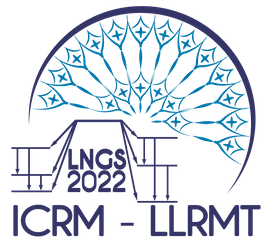Speaker
Description
Following a nuclear or radiological event, fast and appropriate radiation protection measures, based on reliable radiological data, are of high priority for decision makers worldwide. The nuclear accidents in Chernobyl (1986) and Fukushima (2011) are major examples where such protection measures were crucial. During events where a large radioactive plume is released to the atmosphere, it is essential to measure the radioactivity-in-air concentration to monitor the progression of the radioactive cloud. It is also vital, in the immediate and medium term, to monitor the air to ensure the safety of first responders, recovery workers and the local population as re-suspension of locally deposited contamination may occur. Transportable air samplers equipped with high-resolution gamma spectrometers offer a flexible and economic solution to this dynamic monitoring requirement. Presented is an overview of three such systems that are being developed through the EMPIR “Preparedness” project. The first system, which utilises a modern co-planar grid CdZnTe detector, is a compact, light-weight system suited for use by first responders. The second system is a rapidly deployable, rugged air sampler with high sensitivity CeBr3 scintillator detector. This instrument is built into a flight case, is easily re-deployed by one person with a car, and is suited for use by recovery workers. The final system is a semi-permeant, high-volume air sampler with electro-mechanically cooled HPGe gamma-spectrometer. The modular design provides benefits through optimised utilisation of expensive components (e.g. HPGe) and rapid commissioning. The system also utilises novel, low-background bricks that can be built around the instrument to provide shielding from ground contamination.

